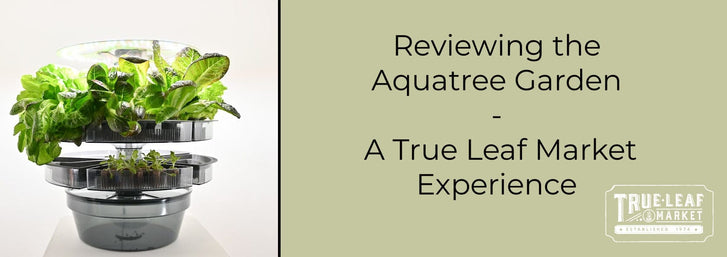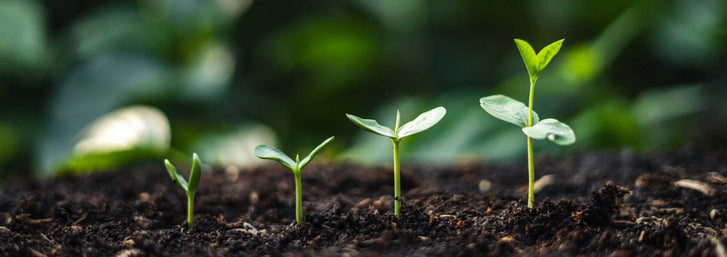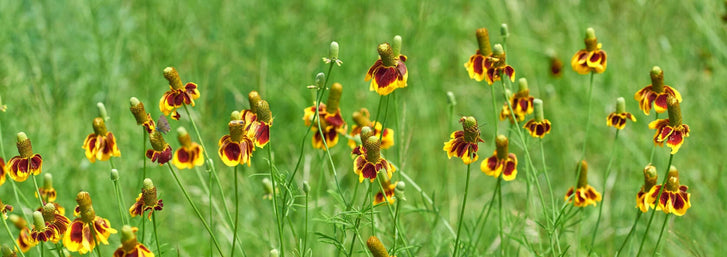
Jordan Freytag

“That's very important: not to try, either for Cadillacs, creation or immortality. You wait, and if nothing happens, you wait some more.” –Charles Bukowski
Patience is a virtue. Of course, we hear this phrase all the time. But if we consider this skill so virtuous, why is it that we organize so much of our lives around instant gratification? Why do we get impatient in traffic when the automobile has allowed humans to move faster than we ever have before? Why do we expect immediate answers whenever we have a question—“google it!”? And why do we think watermelons are in season in June?
Yes, patience is indeed a virtue, but not a virtue many of us hold with much esteem, for patience is not merely waiting. Patience is in large part, accepting limits, inconvenience, and the unknown.
So if the virtue of patience has been cast aside for the virtues of instant, easy, and unlimited, what do we have to show for it? We have access to answers at all hours of the day, we have machines that make our food, coffee, clean our clothes, get us around, and yet, there is no time. And we can walk into the grocery store and pick out a huge watermelon in June to bring to the neighborhood BBQ. Nothing says summer like unseasonal fruit!
These virtues of instant gratification have only made us more demanding of answers, products, and speed. As the line in the song Slowpoke goes, “when I was faster I was always behind...”.
Gardening, without gimmicks, can be a way to reclaim patience. Full, ripe fruits and vegetables don’t sprout up overnight, but rather, plants must be observed and tended to day after day, in a delicate dance of patience and care. Plants pay no heed to our exasperation or impulse. They do not give us what is not yet ready. Their slow unraveling mocks our deadlines and disrupts our scheduling. But, finally, after weeks of waiting, we are rewarded with food that is ready at the exact moment it is supposed to be ready—at the peak of its flavor and nutrition.
This summer, try bringing something to the potluck or BBQ other than the store-bought watermelon. Road-side stands and farmer’s markets are bursting with sun ripened apricots, cherries, and berries. While fruit is always a crowd pleaser, you could also try your hand at preparing beets, kohlrabi, chard, and radishes!
Though summer is synonymous with fresh produce, don’t forget to start thinking about the bounty of the fall garden, the patience it requires and the rewards to be reaped from that patience.
Check out these cool season crops to keep your garden going this fall. Happy Planting!
Plant in mid-August for a fall harvest, outer leaf layers may be picked first, allowing inner layers to mature.
Plant sometime between august and September, just when the air and soil begin cooling, giving the kale a nutty, sweet flavor.
Plant in early to mid-July, preferably 85 to 100 days before the first frost. Till soil up to 20 inches deep, as broccoli is a deep root vegetable. And like other brassicas (kale and cabbage), the sugar content in broccoli rises in response to frost, making it sweeter.
Plant around the same time as broccoli but not next to it. They are deep-feeders and will become competitors if you do. Give them enough space and cabbage will thrive.Leave a comment
Your email address will not be published. Required fields are marked *
0 Comments
No Comments yet! Be the first to start a conversation
Further Reading

Reviewing the Aquatree Garden: A True Leaf Market Experience
The AquaTree Garden is an innovative growing experience! This nifty appliance allows you to grow leafy greens, microgreens, herbs, large sprouts, and vegetable starts (like tomatoes) all at once! When it comes to indoor gardening, there is no question ...

Ashleigh Smith
2024-04-225 min read1
Parasitoid Wasps: A Beneficial Insect in the Garden
Written By Lara Wadsworth There are estimated to be around one million different species of parasitic wasps worldwide. In fact, most wasps are parasitic, which means they live on or in a host at the host's expense. For common garden pests like aphids, ...

Ashleigh Smith
2024-04-226 min read0
Succession Planting: The Key to a Continual Harvest
Do you find yourself harvesting large amounts of any given vegetable from your garden all at once? There is a solution! The practice of succession planting, or planting in segments over a period of time, allows you to harvest root vegetables, leafy gre...

Ashleigh Smith
2024-04-223 min read2
10 Natives of the Southwest USA for Pest Control
Written By Lara Wadsworth The Southwestern United States is a region incredibly unique to the rest of the country. The hot, dry weather can be challenging for plants and animals to thrive without additional help. That is why gardening with natives can ...

Ashleigh Smith
2024-04-157 min read0



